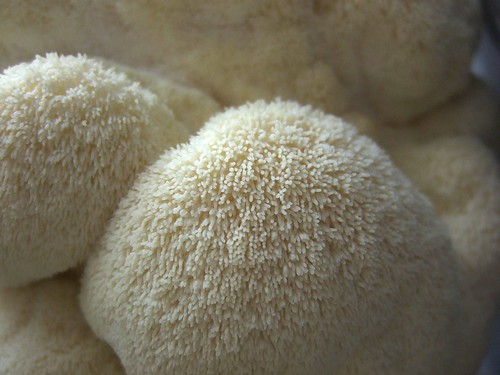I thought it was time to lay out a post about some of the goals, hopes, and wishes we have about our homesteading endeavor here at Kuska Wiñasun Homestead. We’ve been out here in the country for over a year now, and sometimes I talk with people and I feel like they misunderstand our motivations and goals for homesteading. Nothing major, just some minor misconceptions.
First off, we aren’t trying to grow 100% of our food, medicine, fuel and clothes. We go to the grocery store about as much as any other family, and we are not burning bio-diesel made from cattails in our trucks to get there. We are hooked up to the grid, and watch movies, t.v. shows (my favorite is Survivor), and occasionally blog on the internet. Now, that’s not to say that we aren’t actively trying to reduce all of these things, except the blogging, and turn our homestead from a consumer to a producer, but we realize that achieving 100% self sufficiency is close to impossible, and not desirable

we try to produce as much as possible from our garden because it is the healthiest food money can’t buy
We do have a garden, and we try to grow as much produce as possible without the use of toxic chemicals. We preserve some of this food if we have surpluses, either by freezing, fermenting, or in the case of sweet potatoes and other root crops, storing in the guest bedroom. This spring we are expanding both our annual vegetable gardens, and our perennial based food forest in the hopes of producing more of our own fruits and vegetables.
We do this because you cannot buy this kind of quality at the store. This fresh, and completely free from any, whether organically certified by the USDA or not, toxic herbicides, insecticides, fertilizers and fungicides. We grow varieties of things that aren’t available in stores, and some fruits and vegetables so rare most people haven’t heard of them (loquats, seaberry, paw paw etc.).
We want to eat stuff that is actually good and we try to avoid stuff that isn’t. But we still eat out. We order pizza every once in a while, or stop at a fast food joint even though we know it’s crap. We know that soda made from GMO high fructose corn syrup is less than ideal, but every once in a while, we’ll crack open a can of coke.
We aren’t aiming for perfection because perfect is the enemy of good. Our goal is live healthy and enjoy life. To raise a family out here, to connect with our community (we need to get better here), and to learn a whole lotta stuff along the way. An all or nothing approach won’t get us very far, so join us, as we grow together on the path towards better food, better life, and self reliance. Let us know your homestead goals, and where you are trying to make the biggest difference in your life.







